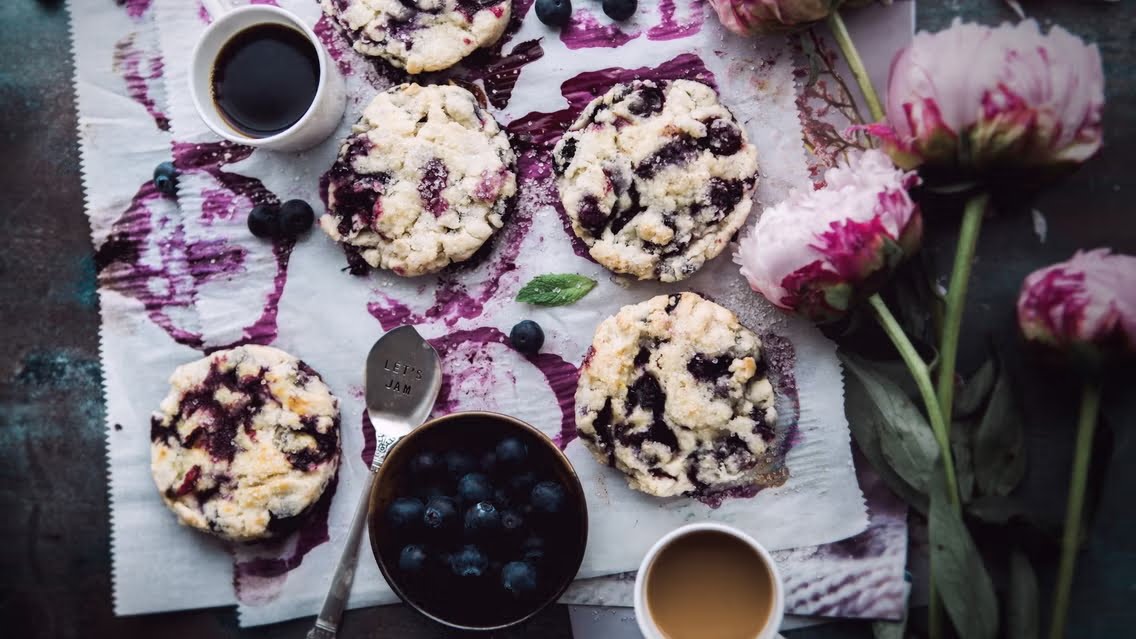Explore the art of food styling and learn how to curate enchanting scenes that transform ingredients into captivating visual narratives.
Food Styling Magic: Transforming Ingredients into Captivating Visual Stories
In the world of culinary artistry, food styling is a lesser-known but essential component that brings dishes to life. It is the art of transforming simple ingredients into captivating visual stories that entice our senses and ignite our appetite. Just like a skilled photographer captures the perfect moment, food stylists meticulously arrange and present food to create stunning images that leave a lasting impression.
Food styling is not merely about making food look pretty; it is about telling a story through visuals. A well-styled dish can transport us to a different time, place, or culture. It can evoke nostalgia, curiosity, or even a sense of adventure. Food stylists understand the power of presentation and strive to create a visual feast that leaves a lasting impact on the viewer.
The magic of food styling lies in its ability to make food look more delicious and appealing than it actually is. Food stylists use a variety of techniques to achieve this, such as:
- Choosing the right ingredients and props
The process of food styling begins with selecting the right ingredients. Food stylists carefully curate a range of fresh produce, vibrant spices, and colorful garnishes to create a visually appealing palette. They understand the importance of color, texture, and composition in creating an aesthetically pleasing dish. From the vibrant red of a ripe tomato to the delicate green of fresh herbs, every ingredient is chosen for its visual impact.
- Arranging the food in a visually appealing way
Once the ingredients are selected, the food stylist works their magic by arranging them in an artful manner. They consider factors such as balance, symmetry, and focal points to create a visually pleasing composition. Every element on the plate has a purpose and is strategically placed to create harmony and visual interest. The goal is to create a picture-perfect dish that not only looks delicious but also tells a story.
- Using lighting and composition to create a sense of drama and interest
Lighting is another essential aspect of food styling. Food stylists understand how different lighting techniques can dramatically change the appearance of a dish. Whether it’s natural light streaming through a window or carefully positioned artificial lights, the right lighting can enhance colors, create shadows, and add depth to the image. It is through this manipulation of light that food stylists bring out the natural beauty of the ingredients and create a captivating visual story.
- Choose props and garnishes that complement the food and help to tell a story.
Food stylists also pay attention to the props and backgrounds used in their compositions. They carefully select plates, utensils, and linens that complement the dish and enhance its visual appeal. The choice of background plays a crucial role in setting the mood and context for the dish. A rustic wooden table may evoke a sense of comfort and warmth, while a sleek marble surface can convey elegance and sophistication.
Food stylists must also be aware of the latest food trends and be able to create images that reflect those trends. They must also be able to work quickly and efficiently, as food photography often requires a lot of preparation and takes place under tight deadlines.
In recent years, there has been a growing interest in food styling as a creative art form. Food stylists are no longer simply tasked with making food look good, but with creating enchanting scenes that tell a story. This trend is being driven by the rise of social media, where food photography has become a popular way to share recipes, restaurant reviews, and travel experiences.
If you are interested in learning more about food styling magic, there are many resources available online and in libraries. There are also a number of schools and workshops that offer training in food styling.
Tips
Here are some tips for creating your own food styling magic:
- Start with fresh, high-quality ingredients.
- Choose props and garnishes that complement the food and help to tell a story.
- Pay attention to lighting and composition.
- Experiment with different techniques and see what works best for you.
- Have fun and be creative!
With a little practice, you can learn to create your own enchanting food scenes that will capture the attention of everyone who sees them.
Here are some examples of food styling magic:
- A photo of a plate of pasta with a single sprig of basil, perfectly arranged to look like a flower.

- A close-up of a slice of cake, dripping with ganache and sprinkled with edible glitter.

- A bowl of soup, steaming and inviting, with a swirl of herbs floating on top.

- A platter of fruit, arranged in a rainbow of colors.

These are just a few examples of the many ways that food stylists can use their magic to transform ingredients into captivating visual stories. So next time you see a beautiful food photo, take a moment to appreciate the art and skill that went into creating it.
Food styling is not limited to professional photographers and chefs. With the rise of social media platforms like Instagram and Pinterest, everyday individuals have also embraced this art form. Home cooks are experimenting with styling techniques to showcase their culinary creations in visually appealing ways. Food bloggers are using food styling to engage their audience and inspire them to try new recipes.
Conclusion
In conclusion, food styling is the secret ingredient that transforms ordinary ingredients into captivating visual stories. It is an art form that combines creativity, precision, and a keen eye for detail. Food stylists have mastered the art of selecting ingredients, arranging them in an artful manner, and capturing them in the perfect light. Whether it’s in a high-end restaurant or on a home cook’s Instagram feed, food styling has the power to captivate our senses and transport us into a world of culinary enchantment.

